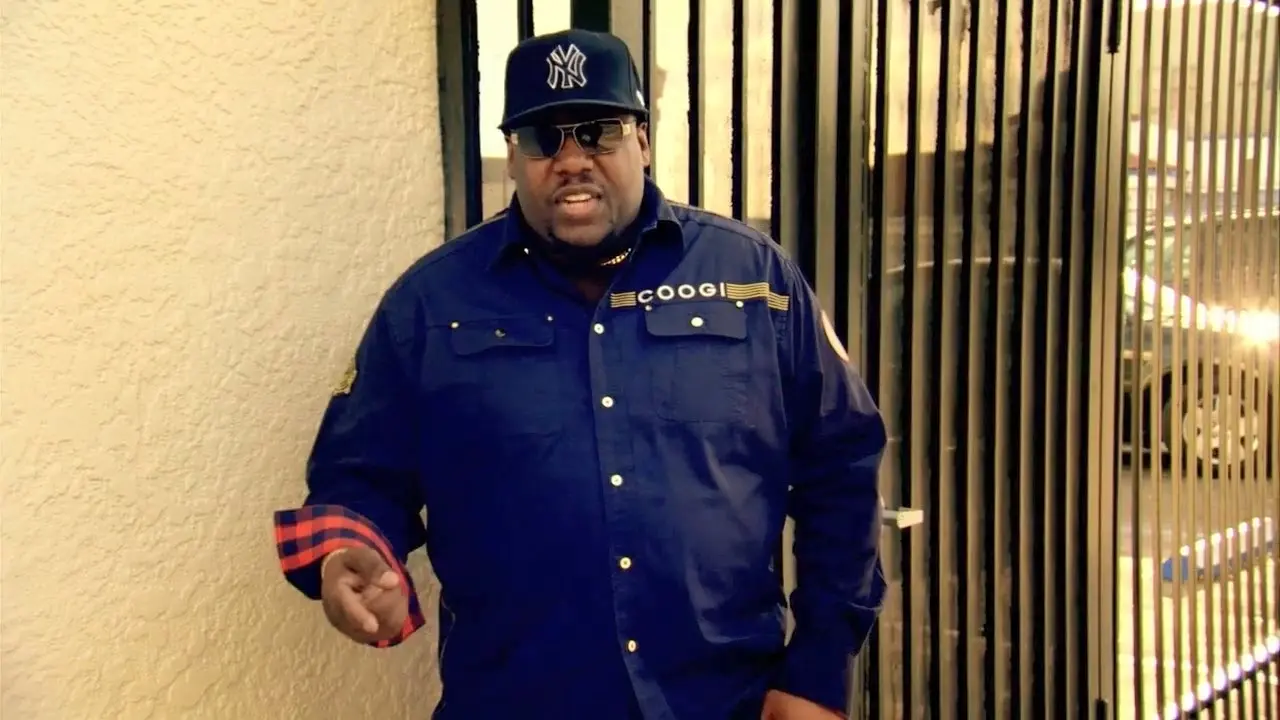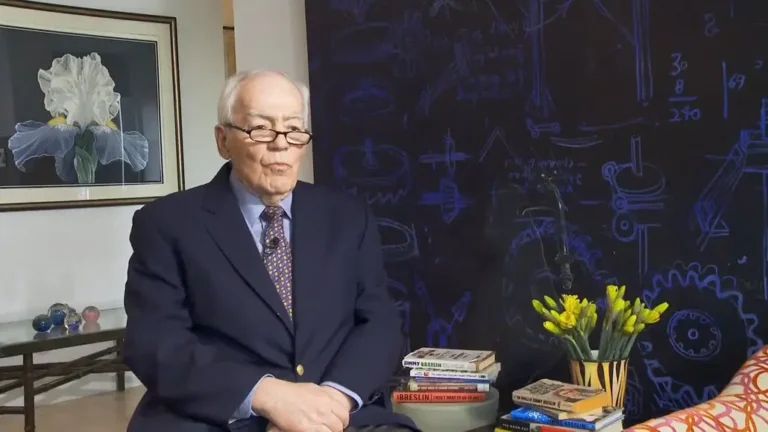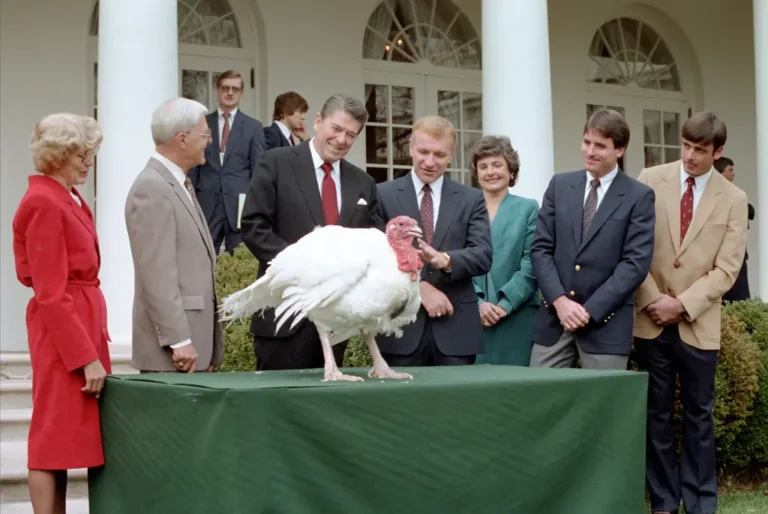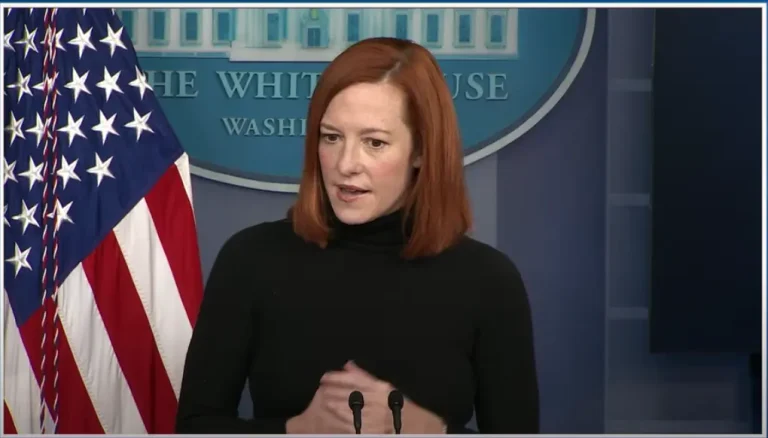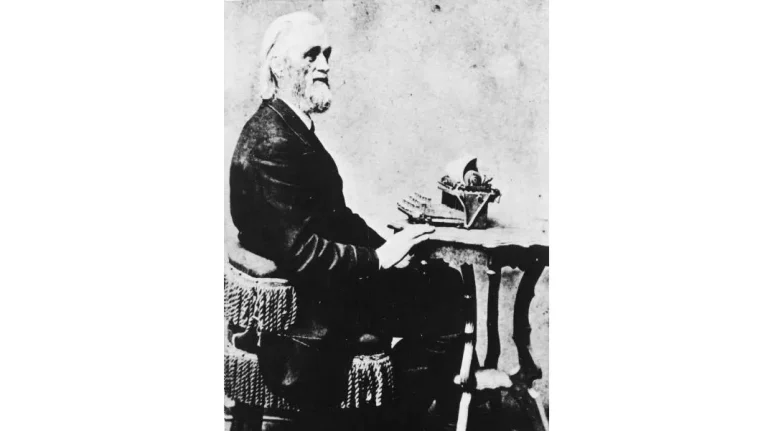The Power of Knowing Stuff
5 essentials for crafting your thought leadership strategy
A few weeks ago, I was chatting with a chief executive who casually mentioned, “I know stuff.” I smiled and replied, “Exactly. That’s why you’re a thought leader.” Thought leaders are people who know stuff — deep, meaningful, impactful stuff.
In recent years, thought leadership has evolved from a nice-to-have communications tactic to an essential part of a comprehensive marketing and communications strategy. It’s about positioning leaders — often C-suite executives — as trusted experts in a way that feels authentic, consistent, and yes, bold. Thought leadership is about being known for the expertise that matters to your audience and strategically sharing it across your platforms and beyond.
So, how do you get started? Here are five essentials for crafting a winning thought leadership strategy:
1. Find the spark: The Big Idea. When I work with C-suite leaders, the first step is always uncovering their “why.” What are they passionate about? What unique expertise do they bring to the table? What keeps them up at night? I also explore their company’s origin and ask what personal anecdotes might resonate with their audience.
The best thought leaders don’t just talk about their products or services; they share their leadership philosophy, industry insights, and the human stories behind their work. Thought leadership connects your organization’s brand promise to your leader’s personal story. It’s about being inspiring, relatable, and relevant.
2. Seek channels that complement their personality. Not all thought leaders are the same — and neither should their channels be. Do your leaders already have a presence on LinkedIn? Build on it. Do they shine on stage? Encourage them to explore speaking opportunities beyond the industry circuit, like TED Talks. Maybe they’re more comfortable behind the scenes, writing op-eds or contributing to a podcast.
I’ve helped several C-suite leaders launch podcasts to build trust and speak directly to their audiences. The key is finding a platform that feels natural while amplifying the content with SEO keywords and audience engagement strategies.
3. Focus on the audience’s experience. Thought leadership isn’t about broadcasting expertise — it’s about creating a meaningful connection. Audiences are looking for solutions, inspiration, and someone who gets them. That means your thought leader needs to bring practical advice, a touch of vulnerability, and an understanding of what truly matters to the audience.
Understanding your audience’s wants, needs and dislikes is key.
4. Know where your audience socializes. Once you’ve identified your thought leader’s voice and your audience’s needs, the next step is finding where they intersect. Are your audiences scrolling through LinkedIn during their morning coffee? Tuning into podcasts during their commute? Attending conferences or webinars to sharpen their skills?
Thought leadership content needs to meet the audience where they are — offering value in the right context. Whether it’s a well-crafted LinkedIn post or a compelling keynote, the goal is to create a space that motivates and inspires action.
5. Tell stories that stick. At its heart, thought leadership is about storytelling. Whether it’s sharing a hard lesson learned, a funny misstep, or a personal reflection, stories humanize your leader. You’re creating a narrative that resonates on a personal level.
One of my favorite CEOs had a knack for starting every speech with a self-deprecating story. The result? Audiences — employees included — ate it up. People crave authenticity and want to feel like they’re getting an insider’s perspective. When you weave your organization’s key messages into personal stories, you create connection and trust.
What race are you running?
Lastly, have patience. One of the first leaders I worked with always reminded me, “We’re running a marathon, not a sprint.” Thought leadership takes time and perseverance.
Recently, I worked with a CEO who needed to rally stakeholders to champion a major initiative, which included asking the state legislature for significant funding. We focused on positioning the CEO as the expert — pitching to editorial boards, crafting guest columns, and engaging with local media.
Six months later, not only was the initiative fully funded, but that same CEO was recognized as a Top Business Powerbroker of the year. All because the CEO was willing to step up, share their expertise, and show that they knew stuff.
That’s the power of thought leadership.
Cathy Lucas is the founder and chief storyteller of Lucas Narratives. She is also an affiliate consultant with Ragan Consulting Group. Does your thought leadership program need work? Set up a free, 30-minute consultation with Cathy by emailing Deonna Gallucci.
Contact our client team to learn more about how we can help you with your communications. Follow RCG on LinkedIn and subscribe to our weekly newsletter here.

